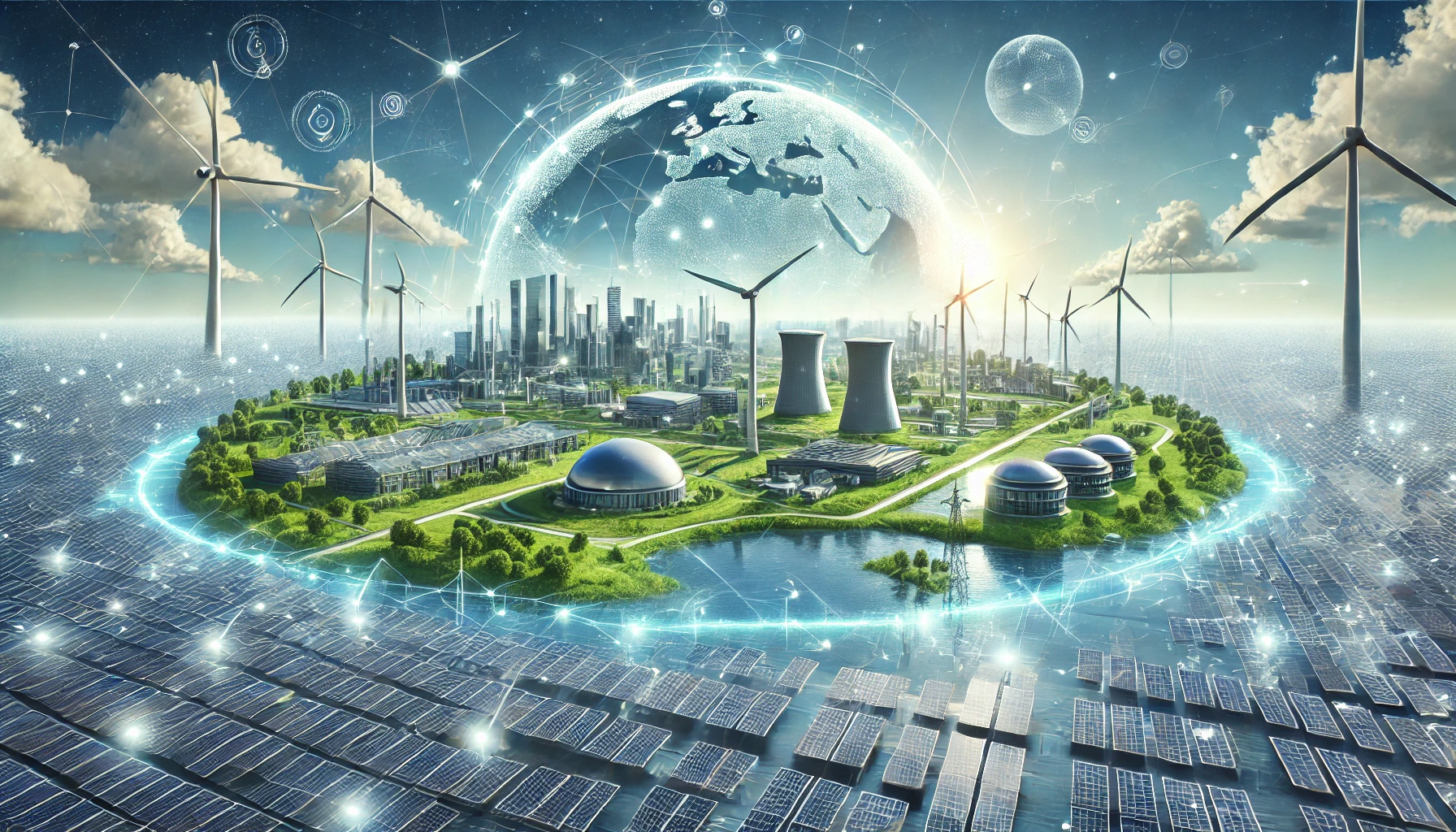The renewable energy landscape is set to undergo an unprecedented transformation over the next decade, with global investments projected to surpass $2 trillion by 2030. This forecast, reported by Bloomberg, reflects a growing consensus among governments, businesses, and investors that renewable energy sources will play a central role in the future of global energy markets. With climate change accelerating and the world grappling with energy security concerns, the push toward renewable energy has never been more critical or more lucrative.
The Role of Government in Driving Renewable Energy
One of the key drivers behind this wave of investment is the active role governments around the world are playing in promoting green energy. Countries are setting ambitious renewable energy targets as part of their broader efforts to combat climate change and reduce carbon emissions. This shift is most visible in the form of government incentives like tax credits, subsidies, and favorable regulations designed to spur the adoption of renewable technologies.
In the United States, for example, the Inflation Reduction Act (IRA) has earmarked billions of dollars in clean energy subsidies, aiming to boost domestic solar and wind energy production while incentivizing electric vehicle (EV) adoption. In Europe, the European Green Deal outlines a plan to make the continent carbon-neutral by 2050, with large-scale investments in renewable energy infrastructure. Even China, the world’s largest emitter of greenhouse gases, is rapidly scaling up its solar and wind energy capabilities to meet its own ambitious targets.
Private Sector R&D: The Engine of Innovation
While government action is crucial, the private sector is making equally significant contributions through research and development (R&D). Companies are pouring billions into the development of cutting-edge technologies that will make renewable energy more efficient, scalable, and affordable. For instance, advances in battery storage technology are crucial for addressing the intermittent nature of solar and wind power. Meanwhile, green hydrogen—produced using renewable energy—promises to revolutionize sectors like heavy industry and transportation, which are more challenging to decarbonize.
Major corporations, from energy giants like Shell and BP to tech innovators like Tesla and Google, are investing heavily in renewable projects. The financial sector is also getting involved, with green bonds and ESG (Environmental, Social, and Governance) investing becoming mainstream options for those looking to align their portfolios with sustainable growth.
The Economics of Renewable Energy: A Trillion-Dollar Opportunity
What makes the renewable energy sector particularly attractive is its dual role as both a solution to environmental crises and a burgeoning investment opportunity. According to data from the International Renewable Energy Agency (IRENA), the global renewable energy market is expected to grow at an annual rate of 8%, reaching an overall capacity of 10,000 GW by 2030. This growth is creating substantial economic opportunities across industries.
In the power sector, solar photovoltaic (PV) and wind power are rapidly becoming the most cost-competitive energy sources, often cheaper than fossil fuels even without government subsidies. The transportation sector, too, is witnessing rapid electrification, with electric vehicles projected to account for nearly 30% of global vehicle sales by the end of the decade. Moreover, sectors like construction, manufacturing, and agriculture are increasingly looking to renewable energy solutions to lower their carbon footprints, creating a ripple effect across the economy.
Innovation in Renewable Technologies: Beyond Solar and Wind
While solar and wind energy have dominated the renewable space, other technologies are emerging that could further accelerate the energy transition. One of the most promising is green hydrogen, which could play a crucial role in decarbonizing industries that are difficult to electrify, such as steelmaking and aviation. Companies like Siemens and General Electric are already investing in green hydrogen projects, betting that this technology will be a game-changer in the years ahead.
Battery technology, too, is advancing rapidly, with companies like Tesla, Panasonic, and CATL leading the way in developing longer-lasting and more efficient energy storage systems. These innovations will be essential for balancing supply and demand in a future grid dominated by variable renewable energy sources like wind and solar.
Additionally, tidal and geothermal energy, though smaller in scale compared to solar and wind, are gaining traction as complementary technologies in specific geographic regions. In countries like Iceland and Scotland, where geothermal and tidal resources are abundant, these technologies are becoming integral parts of the energy mix.
Challenges and Opportunities Ahead
While the outlook for renewable energy is overwhelmingly positive, significant challenges remain. The transition to a green economy requires not only technological innovation but also massive infrastructure investments. For example, the current grid systems in many countries are ill-equipped to handle the variability of renewable energy sources. Upgrading these grids to be more resilient and flexible will require coordination between governments, utilities, and private investors.
Another challenge is the geopolitical landscape, as countries navigate the transition away from fossil fuels. Nations that are heavily reliant on oil and gas exports, such as Saudi Arabia and Russia, will need to diversify their economies to avoid being left behind. On the flip side, countries with abundant renewable resources, like Australia (solar), Norway (hydropower), and Brazil (bioenergy), stand to benefit enormously from the shift to clean energy.
Despite these challenges, the momentum behind renewable energy is undeniable. The coming decade will see an unprecedented alignment of political will, technological innovation, and financial investment, all driving the world toward a more sustainable energy future.
A Greener, More Prosperous Future
As the world races toward 2030, the renewable energy sector will play a critical role in both addressing climate change and driving global economic growth. With investments set to exceed $2 trillion, the stage is set for a clean energy revolution that will reshape industries, create new jobs, and foster innovation.
Governments and the private sector are aligning their efforts, with the shared goal of transitioning to a carbon-neutral future. The energy transition is not just a necessity for the planet—it is a trillion-dollar opportunity for those ready to seize it.
The next few years will be pivotal in determining the pace of this transformation, but one thing is clear: renewable energy is not just the future—it’s the present, and it’s accelerating faster than ever before.




